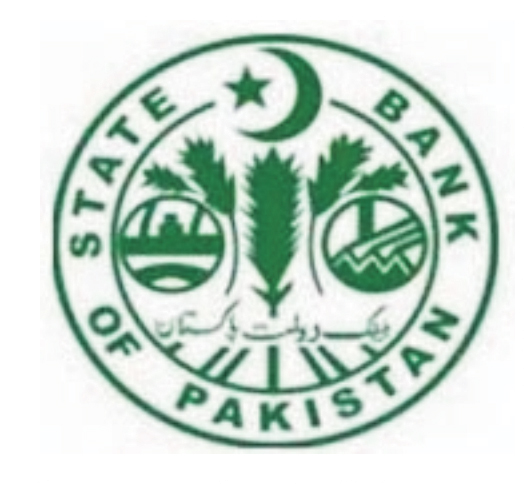KARACHI According to SBP second quarterly report, the current account deficit contracted to a six-year low, foreign exchange reserves increased, the primary budget recorded a surplus. SBP report stated the stabilization efforts and regulatory measures yielded notable improvements during the first half of the fiscal year 2020, however, noted that the global and domestic spread of Covid-19 has brought an exceptional set of challenges for the country. The current account deficit contracted to a sixyear low, foreign exchange reserves increased, the primary budget recorded a surplus, and core inflation eased, according to a report. Progress under the IMF program remained on track and the credit rating agencies maintained their stable outlook for Pakistan during the review period, it said adding that further improvements would require deep structural reforms to put the economy on a firm path towards sustainable growth. In case of balance of payments, the report noted that the improvement in current account mostly stemmed from a reduction in the import bill with some contribution from export earnings. Regarding the fiscal sector, the report noted that the primary budget recorded a surplus, while the fiscal deficit was contained during H1-FY20 compared to the same period last year. This was due to a significant growth in revenues despite a slowdown in the economy and the compression in imports. The report further highlighted the challenges pertaining to the agriculture sector as the sector appears less resilient to challenges like constrained water availability and climate change. On the inflation front, the report noted that the inflationarypressures continued to build up throughout the first half of FY20. While the non-foodnon-energy (NFNE) inflation exhibited stability amid subdued demand conditions in the economy, food inflation surged steeply in both the quarters. This was one of the major reasons the Monetary Policy Committee decided to keep the policy rate unchanged during both its September and November meetings during the first half of FY20. The report further notes that the global and domestic spread of Covid-19 has brought an exceptional set of challenges for the country. As the situation is extremely fluid and highly uncertain, the economic outlook remains subdued compared to the pre-outbreak estimates










